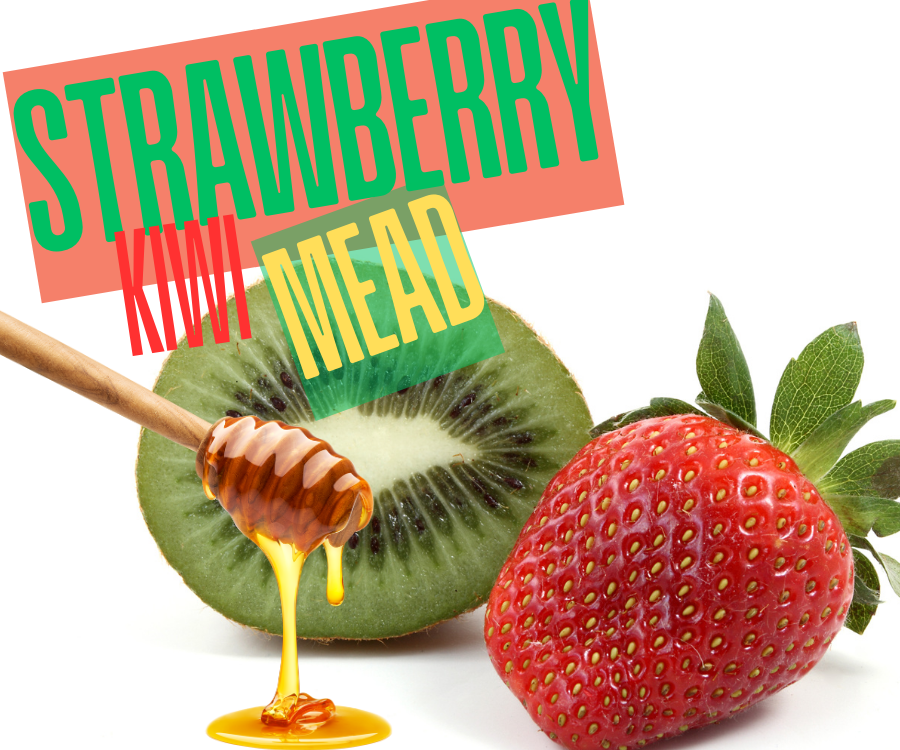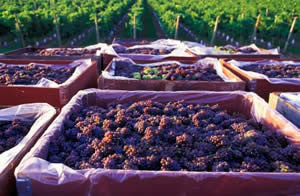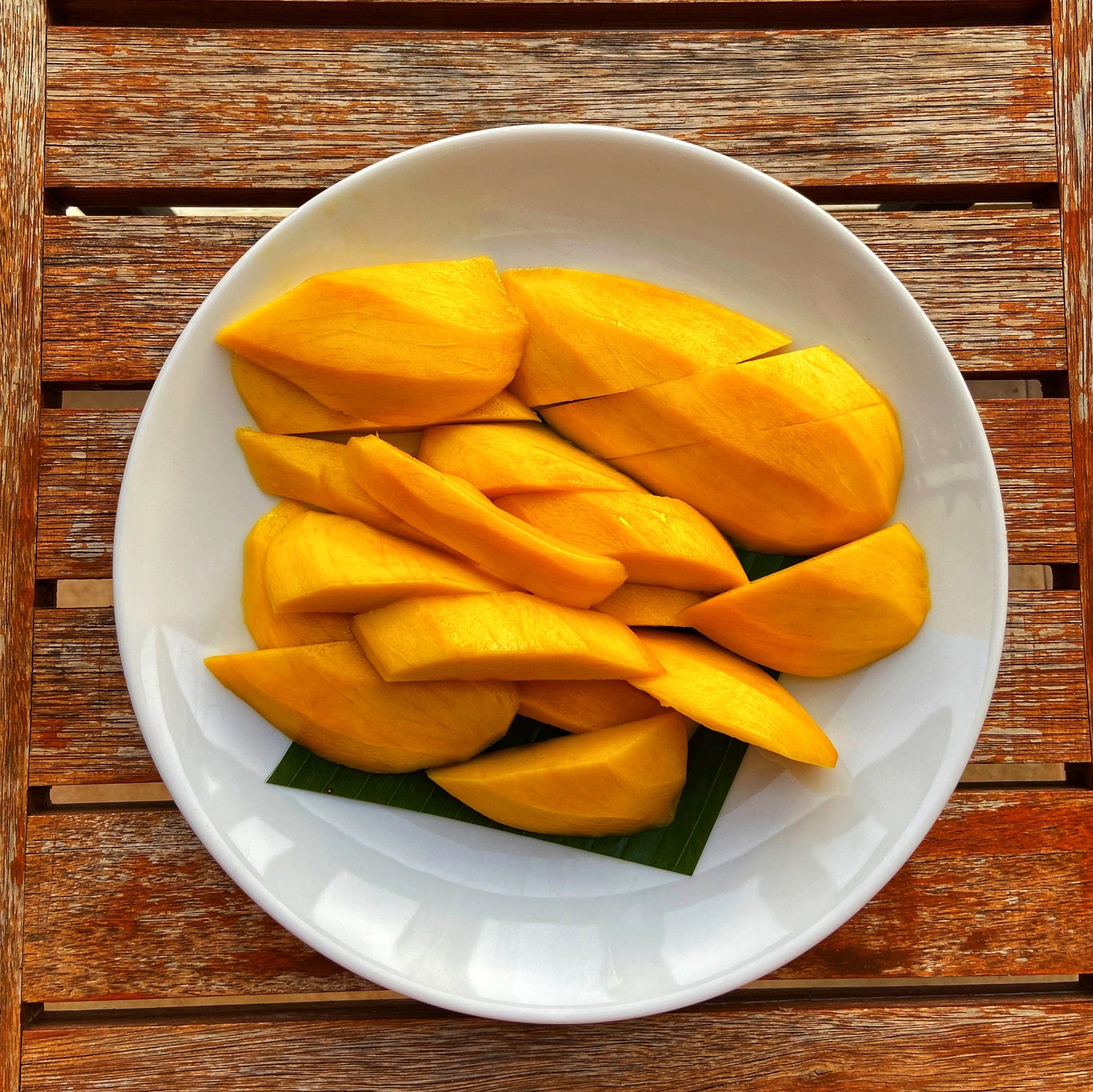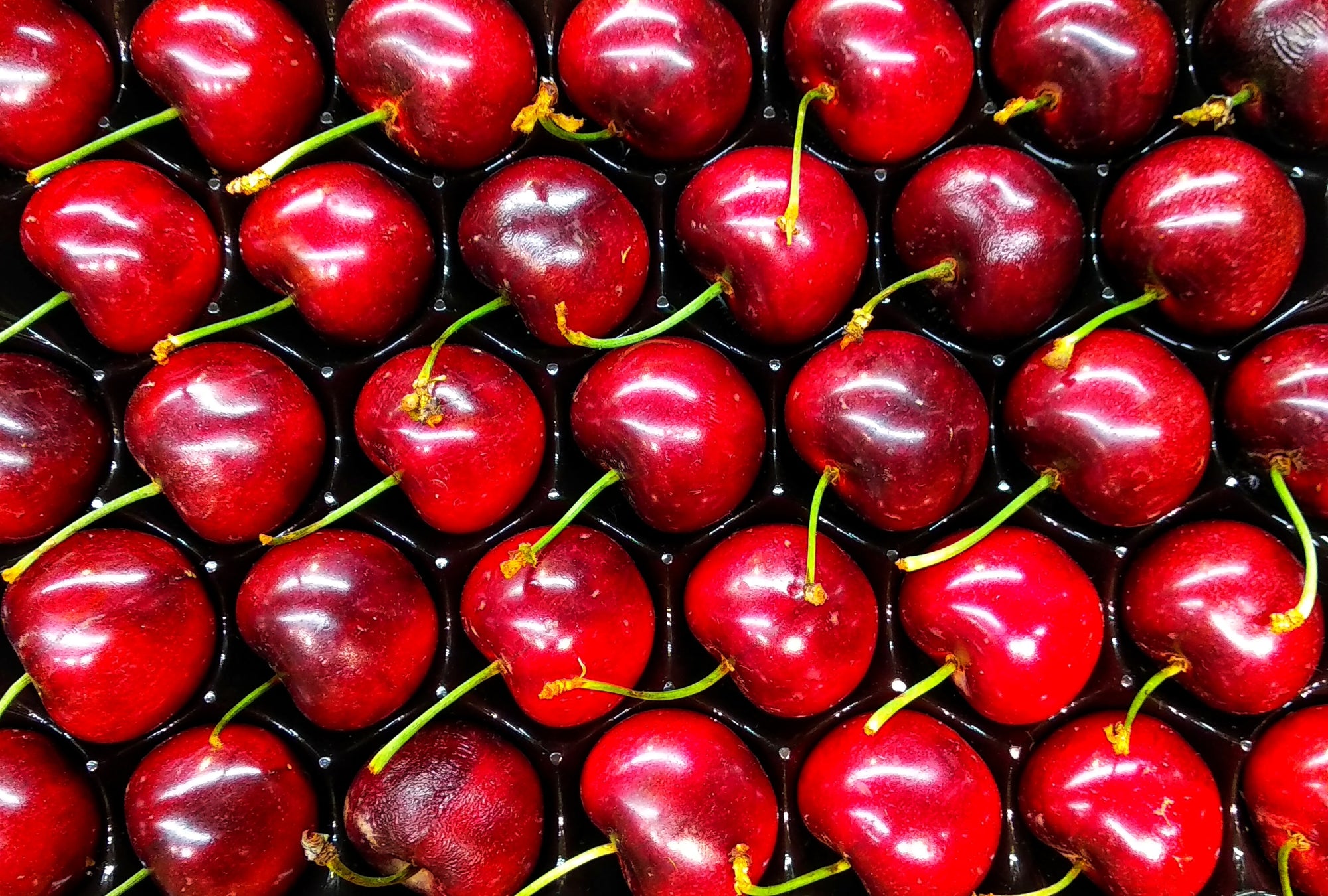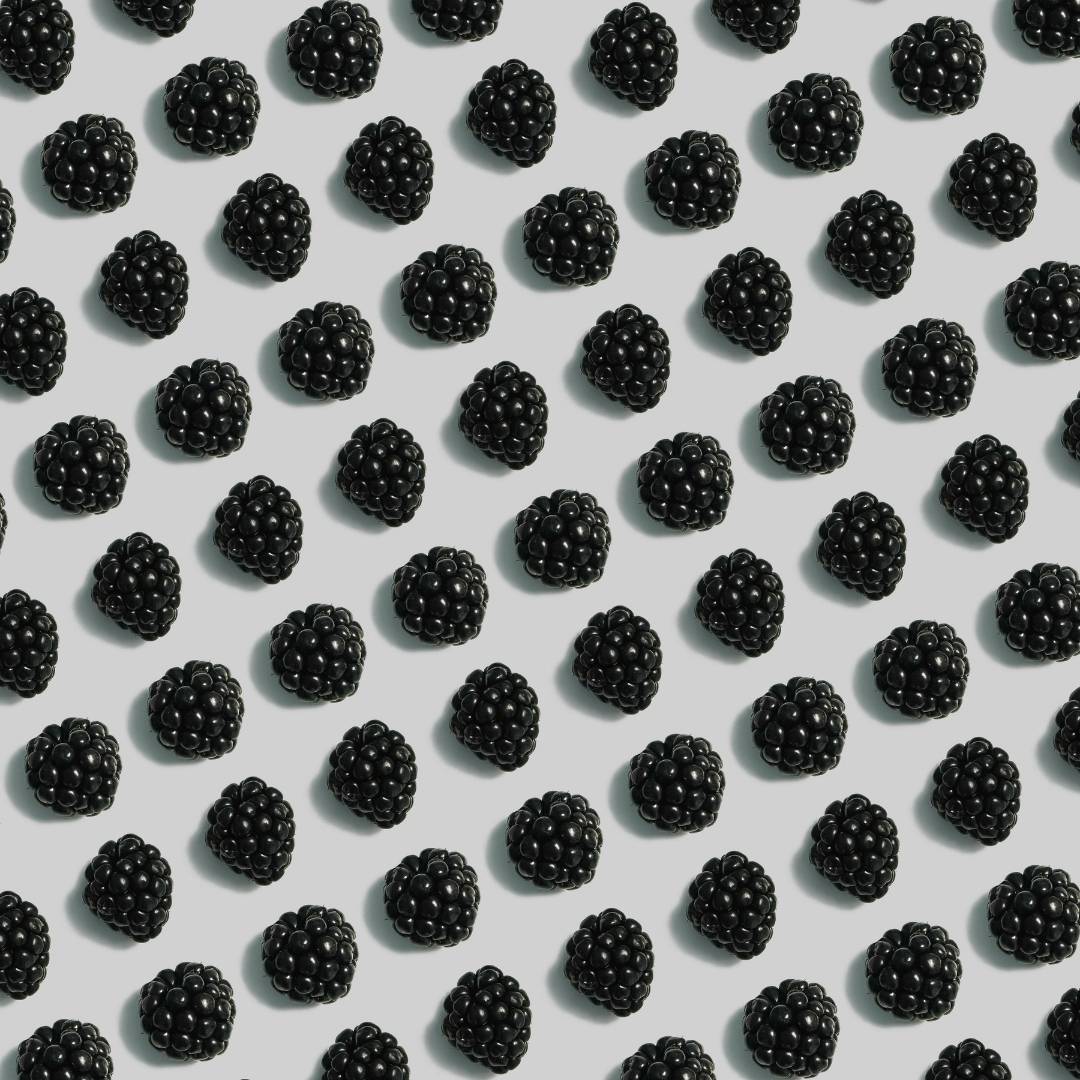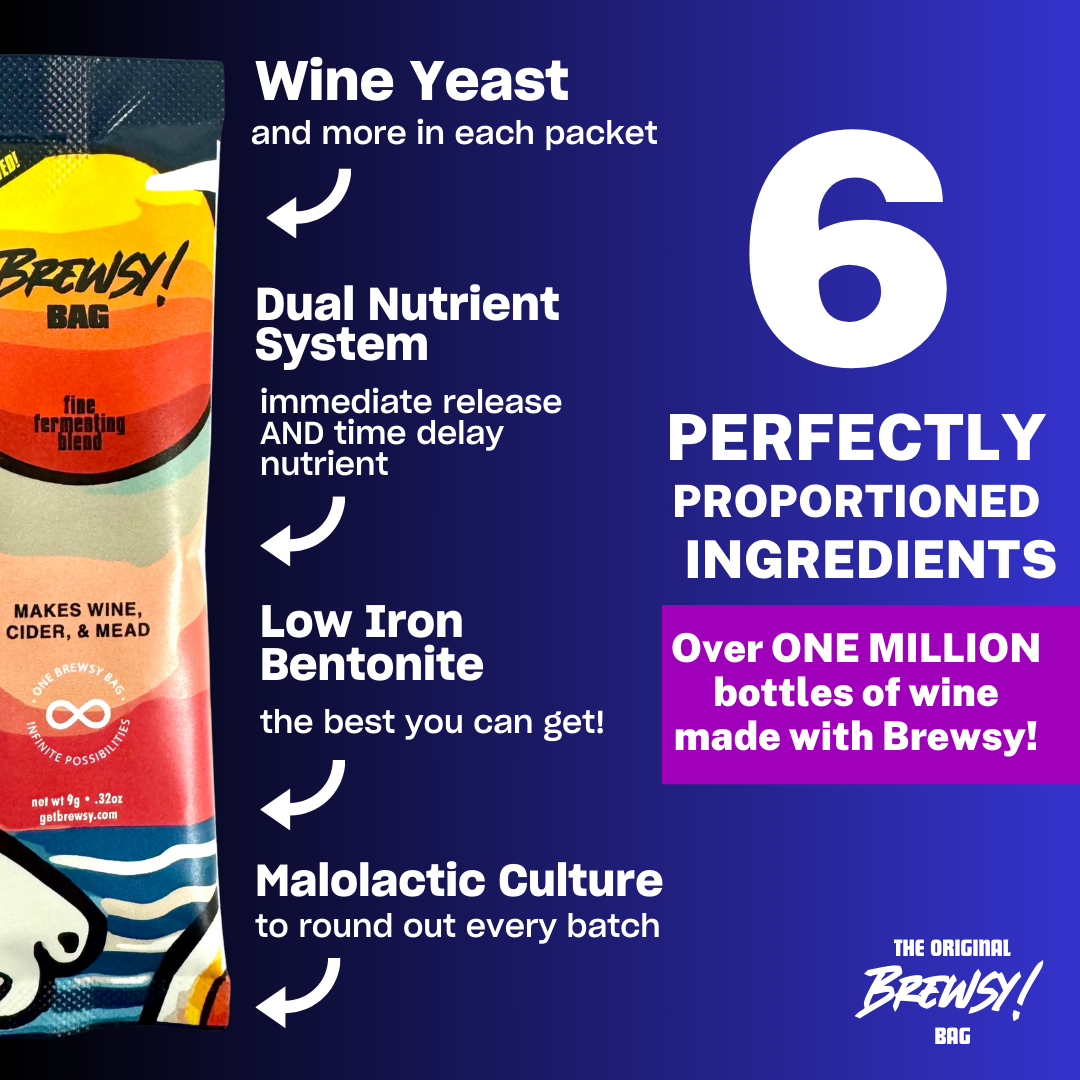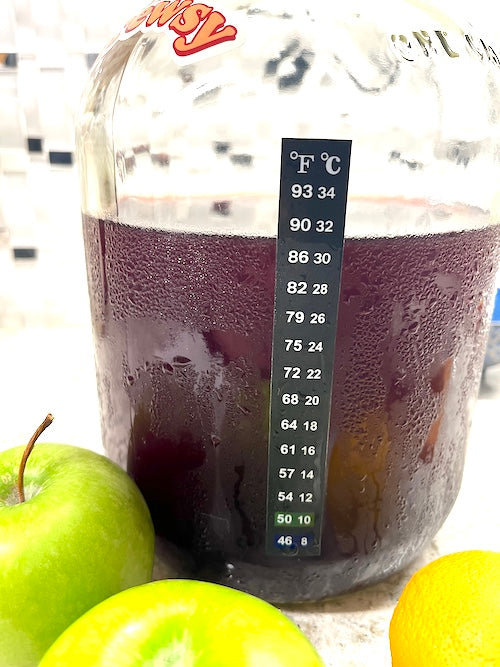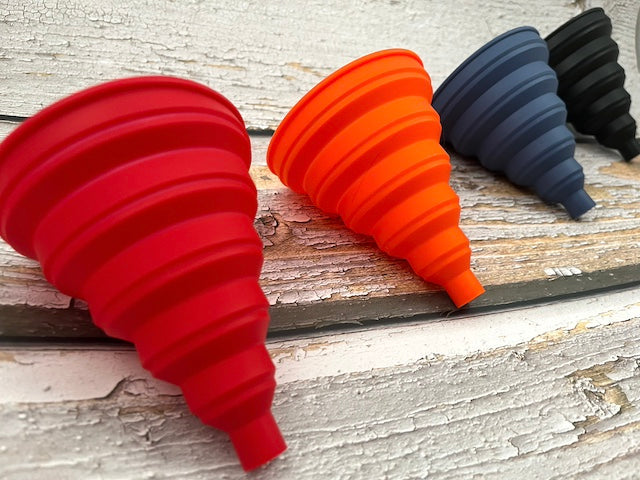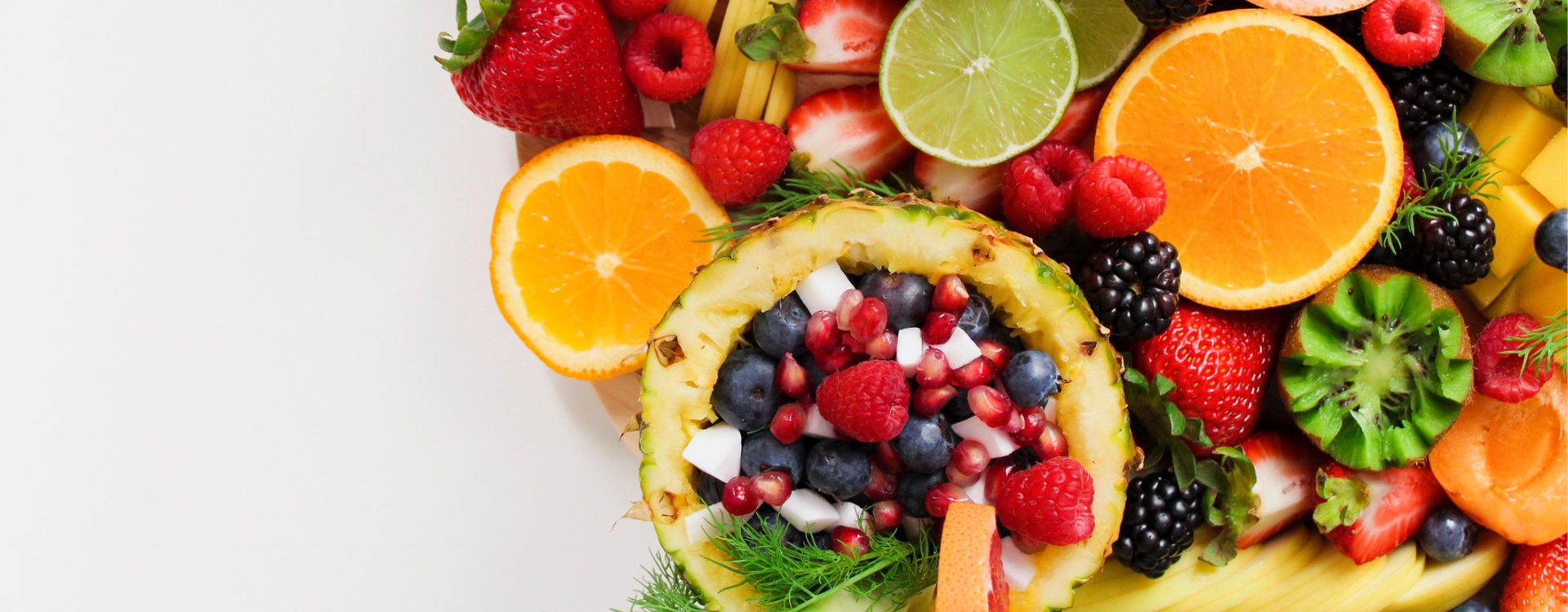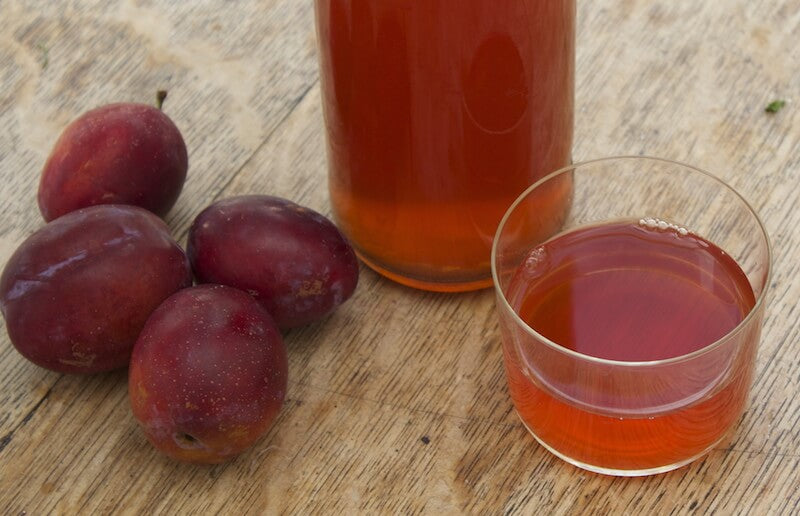
Plum Wine
Do you love the taste of plums? If so, you'll love plum wine!
This delicious and easy-to-make drink is perfect for those warm summer nights. In this blog post, we'll teach you how to make plum wine using a simple recipe. So gather your supplies and let's get started!
Step 1: Preparing Your Plums
First, you'll want to gather some plums. For this recipe, we used about 4 pounds of plums. You'll also want to make sure that your plums are ripe and juicy. Once you have your plums, wash them off and remove any stems or leaves.
You can actually leave the skin on your plums — there's no need to remove it. Skins of fruits — most notably in wine made with red grape juice — are often left on to produce tannins. Tannins give plum wine a bit of astringency, and add to the depth and flavor profile of the wine.
To de-stem and quarter your plums, cut them in half and then slice each half into quarters. You should now have plum quarters with no stem. Then, use a potato masher to mash the plum quarters. You don't want to pulverize them, but you do want them to be broken up well.
Step 2: Preparing the Mixture (Plums, Sugar, and Water)
Next, it's time to add the sugar and water to your plums. Grab a large pot, and simmer 3/4 gallon (about 3.5 liters) of water with 2.75 cups of sugar.
Note: this is our recommended chosen sweetness level, which will produce a semi-dry wine. If you'd like a sweeter or dryer plum wine, then check out our recipe card below for more specifics.
Simmer the sugar and water until the sugar has completely dissolved. This should only take a few minutes. Once the sugar has dissolved, remove the pot from heat, and let cool until it's no longer steaming, then add in your plum mash.
Stir everything together well, making sure that all of the plums are fully submerged in the liquid. Let the mixture sit together for about 30 minutes so that the flavors can blend.
Step 3: Preparing for Fermentation
If you're fermenting your plum wine in a glass gallon jug, strain the mash and skins out with a cheesecloth, then add the mixture to your gallon jug.
If you're making it in a bucket, you can leave some of the mash and skins in your bucket for fermentation. To make your wine a bit less cloudy, you may want to strain some, though.
Make sure there's at least 4 inches of space for headroom in your fermentation vessel. If there isn't, pour out a bit of the plum juice to avoid overflowing during fermentation.
Next, in order to start the fermentation process, you’ll need a wine yeast. In this recipe, we use the Brewsy bag, which is a combination of an industry-exclusive wine yeast, nutrients for healthy yeast, energizer for a quick and hearty fermentation, potassium bicarbonate (to reduce strong, acidic flavors), malolactic culture (to make your wine smoother) and bentonite (a clarifier for sparkling clear wine). It's the only way to ensure that you have a reliably strong and successful fermentation.
Add an entire Brewsy bag in, and pop on your airlock on top (making sure it's full of water).
Step 4: Fermentation
Your plum wine will start to ferment within 24 to 48 hours, and will continue doing so for about 5 to 7 days(sometimes longer). You'll know it's done when the bubbling has slowed down significantly (fermentation creates carbon dioxide, which causes bubbling in the airlock), or when it starts to taste a bit dry.
When in doubt, taste-test your plum wine for sweetness, and then go onto the next step when your plum wine tastes dry enough for your liking. If it still tastes too sweet, let it keep fermenting for several more days until it tastes more dry.
Step 5: Filtering Your Plum Wine
Once the bubbling has slowed down significantly, it's time to get rid of the lees (that's the sediment that has settled at the bottom of your carboy) and prep your plum wine to be enjoyed!
We definitely don't want any yeasty particles in our wine, so we're going to get rid of them by first forcing any leftover yeasty bits to the bottom of the container.
A great way to do this it simply to pop your plum wine in the fridge! Keep it in there for at least two days. The cold forces any leftover particles to fall to the bottom of your container.
After that, you'll need to filter (or 'rack') your wine. To do this, simply pour your wine off of the lees (all that cloudy sediment that will show up at the bottom) at into another container. You can also grab a siphon for a totally mess-free transfer (which can be tricky if you're not used to it, but super effective!)
Optionally, you might want to use a clarifying agent, which works on the molecular level to bind to small particles in your mead — particles that might lead to yeasty, bitter flavors. Our product Go Clear is a great a clarifying agent to rid your wine of any off-flavors and make it sparkling clear.
Step 6: Bottling Your Plum Wine
Many winemakers believe that aging helps to bring out the subtle flavors in the fruit, resulting in a more delicious final product. But some people prefer the bright flavor of young plum wine!
We recommend having a glass now, and saving a few bottles for later (this recipe will yield 4 750mL regular-sized wine bottles). You can compare the taste of younger and aged meads, and see which one you like better!
We hope you enjoy this recipe for plum wine! Ready to go? Get started with a Brewsy Winemaking Kit, which has all the tools you need to guarantee delicious and reliable plum wine every time you make it!


